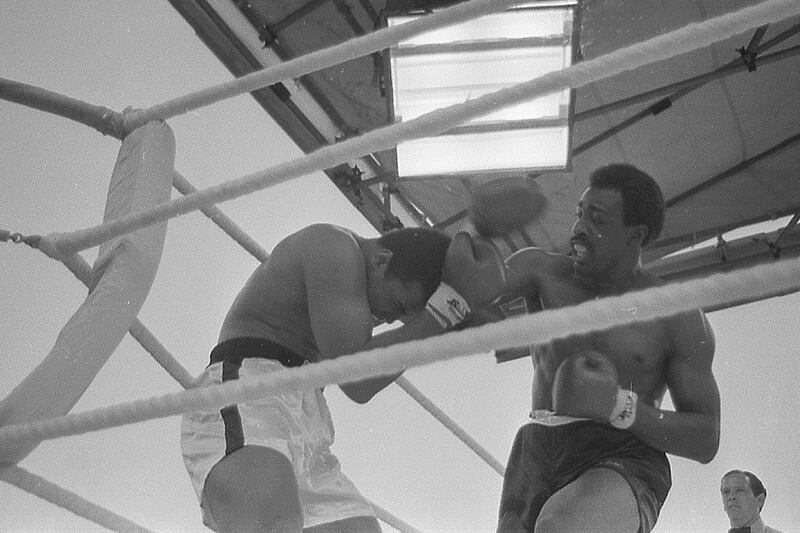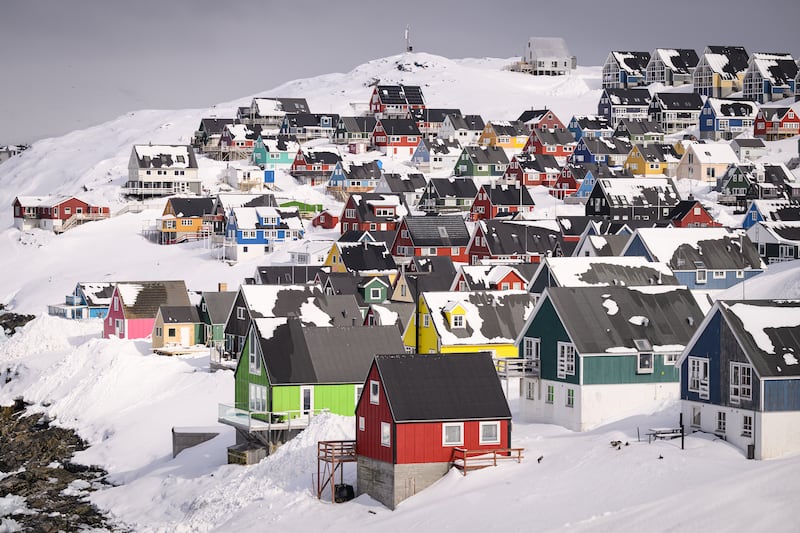The stage is set. Our two protagonists have risen to become leaders of their respective parties, Fianna Fáil and Fine Gael, which between them command the support of nearly 90 per cent of the electorate. But neither has yet received a mandate to govern.
Charles Haughey is taoiseach but bedevilled by division in his own party. Garret Fitzgerald is intent on launching a constitutional crusade to liberalise Irish society. But in the wider world, Margaret Thatcher and Ronald Reagan are starting to push back against liberalism and reshape the postwar economic consensus. But Ireland, meanwhile, remains mired in economic stagnation.
Beneath the surface, though, the country is changing. The old conservative order may still see to hold sway but changes are starting to happen. And the grim toll of violence in Northern Ireland continues to cast a pall, culminating in the hunger strikes of 1981 which have a direct impact on the election of that year.
That election will be the first of three within the space of 17 months, spanning a turbulent political period of deals, heaves and scandal, some of it of Haughey’s making, some not. His political obituary is written several times, but each time he survives.
Matt Williams: Munster have a sniff as the Champions Cup gets blooming great
The Big Fight by Dave Hannigan: Account of Muhammad Ali in Croke Park a strange time capsule of 1970s Ireland
Sandymount cycle path decision frees council from weeds of lengthy planning process
Trump’s uphill battle to ‘get’ Greenland: persuasion, not invasion
At the end of it all, Fitzgerald emerges at the head of a coalition government with a narrow but adequate majority. But what will he do with it?
- Sign up for Politics push alerts and have the best news, analysis and comment delivered directly to your phone
- Find The Irish Times on WhatsApp and stay up to date


























